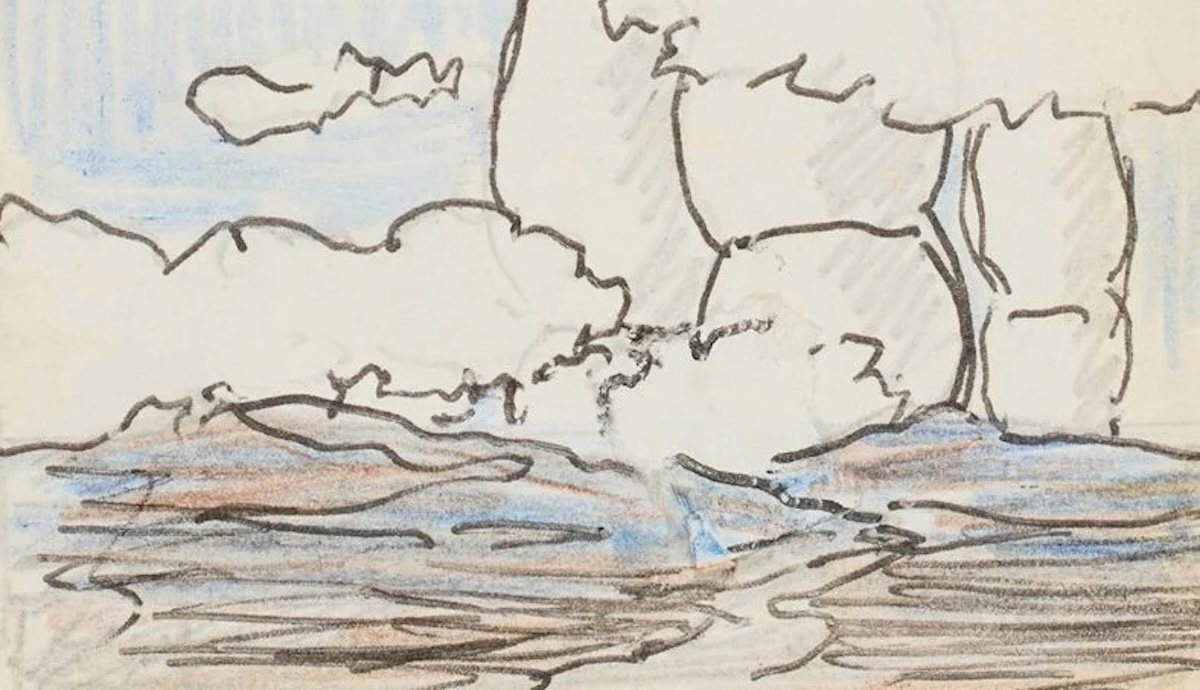
On June 18, Brazilian conceptual artist Ilê Sartuzi secretly snatched a 17th-century coin from its display case at the British Museum. Sartuzi replaced the historic coin with an undetected replica. On his way out, he deposited the real coin into the museum’s donation box. The stunt was captured on film as part of Sartuzi’s MFA thesis exhibition—aptly titled Sleight of Hand—at Goldsmiths, University of London. Sartuzi’s exhibition joins the ongoing conversation about the British Museum’s legacy of cultural imperialism.
Sartuzi Planned the Project For Months

Ilê Sartuzi prepared for the coin heist for over a year. He made dozens of visits to the British Museum, consulted with a legal team, and studied architectural plans. On June 18, Sartuzi joined a demonstration by a volunteer guide in Room 68 of the British Museum. During the demonstration, Sartuzi removed the 1645 silver coin from its display case and replaced it with a replica of his own creation. Then, he carried the original coin downstairs and dropped it into the coin slot of a donation box.
Sleight of Hand, the resulting conceptual art exhibition, features a two-channel video installation and a display case with two fake coins. The seven-minute video, which was filmed on handheld cameras by three friends of Sartuzi, documents the theft and return of the original coin. The choppy footage begins on June 17, when Sartuzi was caught by a volunteer guide the day before his successful attempt. The second time, Sartuzi shaved his beard to avoid being recognized. On June 18, he successfully swapped the coin with its replica using a sleight-of-hand technique he had practiced beforehand.
Museum Calls Stunt “Disappointing and Derivative”

The original coin is part of the British museum’s handling collection, which allows visitors to touch historic objects under supervision. Housed in the Department of Coins and Medals, the handling collection comprises coins and medals that are not registered in the museum’s database. The coin Sartuzi stole was the only one of British origin on display. Sartuzi and his lawyer claim that Sleight of Hand did not violate any of the museum’s policies against handling objects or removing them from the premises. They also argue that Sartuzi’s actions do not fall under the United Kingdom’s Theft Act of 1968.
In a statement, a spokesperson for the British Museum condemned Sleight of Hand: “This is a disappointing and derivative act that abuses a volunteer-led service aimed at giving visitors the opportunity to handle real items and engage with history. Services like this rely on a basic level of human decency and trust, and it would be a shame to have to review the provision of these services due to actions like this.” The statement did not indicate the current whereabouts of the original coin nor whether the British Museum intends to press charges.
Thefts and Repatriation at the British Museum

The British Museum owns over eight million objects from around the world. In recent years, the institution has been subject to an increasing number of repatriation claims and other controversies. Sartuzi acknowledged to The Art Newspaper that Sleight of Hand highlights “the problem of universal museums.” He added that the British Museum “is a foundational part of the colonial, imperialist system.”
Sartuzi’s stunt is just the latest in a string of headlines involving the British Museum. It follows news of the disappearance of over one thousand antiquities from the museum last year. Recent research also revealed that over half of the British Museum’s collection remains uncataloged.









